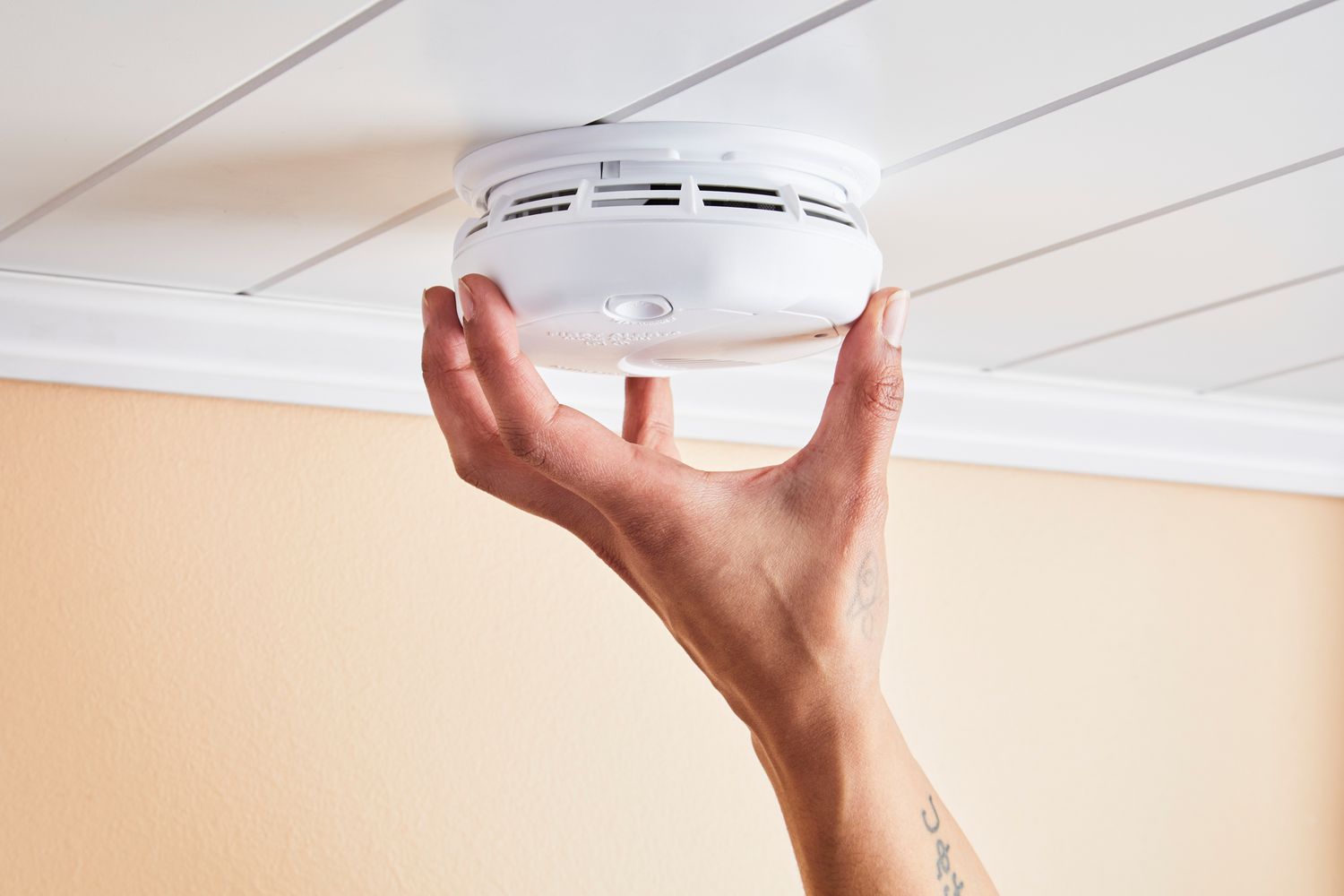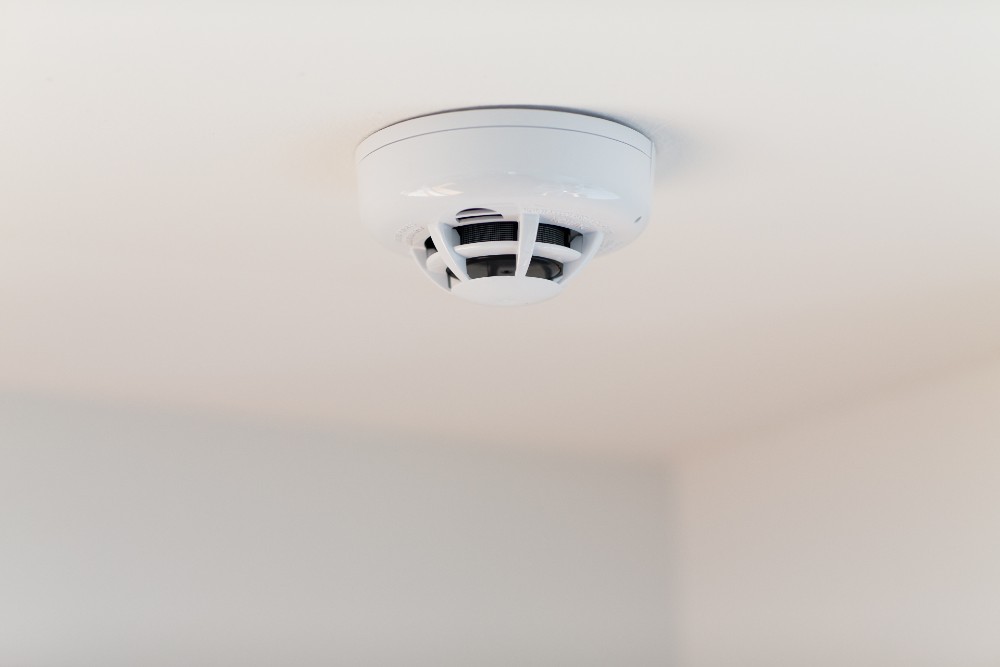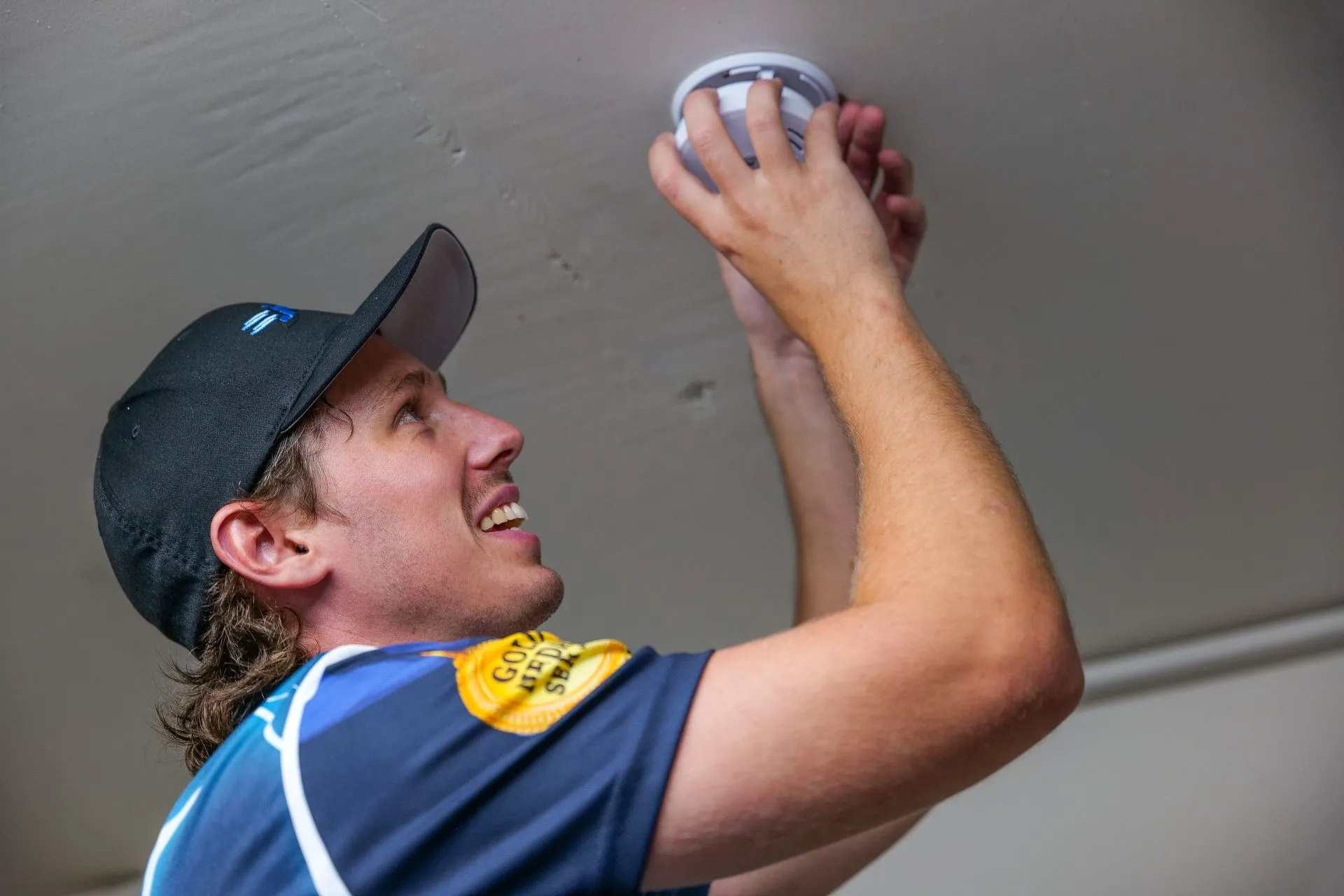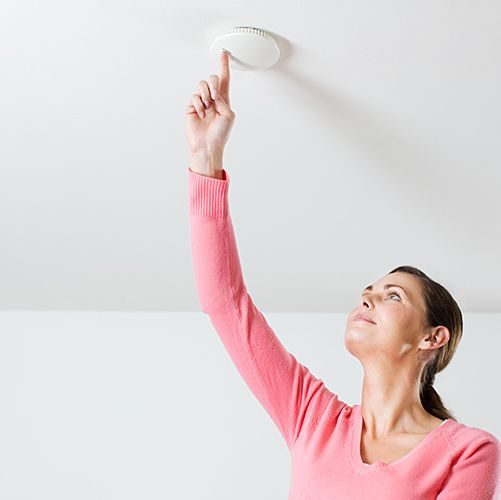I. Introduction

A. Importance of smoke alarms in home safety
Smoke alarms are essential devices that play a vital role in protecting our homes and the people within them. They provide early warnings during a fire, enabling residents to evacuate safely and call for help. However, frequent false alarms can cause frustration and inconvenience, leading to the need for understanding and addressing the underlying causes.
B. Frustration caused by frequent false alarms
Frequent false alarms from smoke alarms can disrupt daily activities and create unnecessary panic or stress. Understanding the common reasons behind these false alarms allows homeowners to take preventive measures and maintain a reliable and effective smoke alarm system.
II. Common Reasons for False Alarms
A. Cooking activities and kitchen smoke
- Steam from boiling or excessive smoke during cooking
Smoke alarms near the kitchen can be triggered by steam or smoke produced during cooking. The high levels of humidity and smoke particles from activities like boiling water or cooking on high heat can cause false alarms.
- Placement of the smoke alarm near the kitchen
Poorly placed smoke alarms near the kitchen, such as in close proximity to stoves or ovens, can increase the chances of false alarms. The smoke and steam generated during cooking can easily reach the alarm sensors, triggering an alarm even if there is no actual fire.
B. Steam from bathrooms and showers

- Inadequate ventilation in bathrooms
Insufficient ventilation in bathrooms can lead to the accumulation of steam and moisture, which can trigger smoke alarms. Bathrooms with poor airflow or without proper exhaust fans are more prone to false alarms.
- Proximity of the smoke alarm to bathrooms
Smoke alarms installed too close to bathrooms can be triggered by steam generated during showers or after running hot water for an extended period. The steam can make its way into the alarm and cause false alarms.
C. Accumulation of dust or insects
- Dust particles triggering the alarm
Accumulated dust particles on the sensors or inside the smoke alarm can interfere with its proper functioning. As the alarm’s sensitivity increases over time, it becomes prone to false alarms triggered by airborne dust particles.
- Presence of insects or spiders in the smoke alarm
Insects or spiders building nests or webs inside the smoke alarm can obstruct its sensors and trigger false alarms. The movement or presence of these pests can cause the alarm to react, even in the absence of a fire.
III. Proper Maintenance and Prevention

Proper maintenance and prevention are crucial when it comes to ensuring the functionality and reliability of smoke alarms. By regularly testing and cleaning your smoke alarms, you can significantly increase their effectiveness in detecting and alerting you to potential fires. Additionally, considering the relocation or repositioning of smoke alarms can further enhance their performance.
A. Regular testing and cleaning
To ensure that your smoke alarms are in good working condition, it is essential to test them monthly. This simple task can help identify any malfunctioning or non-operational smoke alarms. To conduct a monthly test, you can press and hold the test button on the smoke alarm until the alarm sounds. If the alarm does not go off, it might be time to replace the batteries or the entire unit.
Cleaning your smoke alarms regularly is also vital for optimal performance. Dust and debris can accumulate over time, affecting the sensitivity of the alarm. To remove dust and debris, you can use a vacuum cleaner with a brush attachment or compressed air. Gently vacuum or blow away any particles from the smoke alarm vents, ensuring that they are free from obstructions.
B. Relocation or repositioning of smoke alarms
Another important aspect of smoke alarm maintenance is considering the location and positioning of the alarms. Some areas may be prone to false alarms, leading to unnecessary disruptions. By relocating smoke alarms away from these areas, you can minimize the occurrence of false alarms.
Additionally, repositioning the smoke alarms strategically can enhance their detection capabilities and reduce interference. It is generally recommended to install smoke alarms in each bedroom, outside each sleeping area, and on every level of your home. Position them on the ceiling or high on the wall, as smoke naturally rises. Avoid installing smoke alarms near windows, doors, or air vents, as these areas can obstruct their effectiveness.
IV. Upgrading and Interconnected Smoke Alarm Systems

While regular maintenance and prevention are essential, considering upgrades and interconnected smoke alarm systems can provide an even higher level of safety and security for your home.
A. Upgrading to photoelectric smoke alarms
One significant upgrade you can consider is replacing your existing smoke alarms with photoelectric smoke alarms. Photoelectric smoke alarms use a light source and a light-sensitive electric cell to detect smoke particles in the air. They are particularly effective at detecting slow-smoldering fires, which are often the cause of fatal fires in homes.
The benefits of photoelectric smoke alarms include improved detection capabilities, reduced response time, and minimized false alarms. These alarms are highly recommended for areas such as bedrooms and living rooms since these are common locations where people are most likely to be present when a fire occurs.
B. Installing interconnected smoke alarms
In addition to upgrading to photoelectric smoke alarms, installing interconnected smoke alarm systems can provide an added layer of safety. Interconnected smoke alarms are connected to each other and can communicate with one another. When one alarm detects smoke, it activates all the interconnected alarms in the house, providing comprehensive coverage and ensuring that all occupants are adequately alerted in case of a fire.
The advantages of interconnected smoke alarm systems are numerous. They provide early warning, giving occupants more time to evacuate. Additionally, they allow for synchronized alarm activation, ensuring that everyone in the house is alerted simultaneously. This can be particularly useful for larger homes or homes with multiple levels, where the sound of a single alarm may not be sufficient to wake everyone up.
V. Professional Assistance and Consultation
While regular maintenance, upgrading, and installing interconnected smoke alarm systems are all feasible tasks for homeowners, it is also important to seek professional assistance and consultation when needed. Certified electricians or firefighters can provide expert advice and guidance to ensure that your smoke alarms are installed, maintained, and positioned correctly for optimal performance.
A. Seeking help from a certified electrician or firefighter
If you are unsure about the condition of your smoke alarms or need assistance with their installation or maintenance, reaching out to a certified electrician or firefighter would be the best course of action. These professionals can inspect the wiring and power supply, ensuring that everything is in proper working order. They can also provide expert advice on proper smoke alarm placement and maintenance, tailored to your specific home and needs.
By taking advantage of professional assistance and consultation, you can have peace of mind knowing that your smoke alarms are functioning optimally and that you have taken all necessary measures to protect your home and loved ones from the devastating effects of fire.
Proper maintenance, prevention, and upgrades are essential when it comes to ensuring the effectiveness of smoke alarms. By implementing the steps outlined in this article, you can significantly enhance the safety and security of your home. Remember to test and clean your smoke alarms regularly, consider repositioning them for improved performance, upgrade to photoelectric smoke alarms, install interconnected smoke alarm systems, and seek professional assistance when needed. With a proactive approach to smoke alarm maintenance and prevention, you can greatly reduce the risk of fire-related tragedies and protect what matters most.



